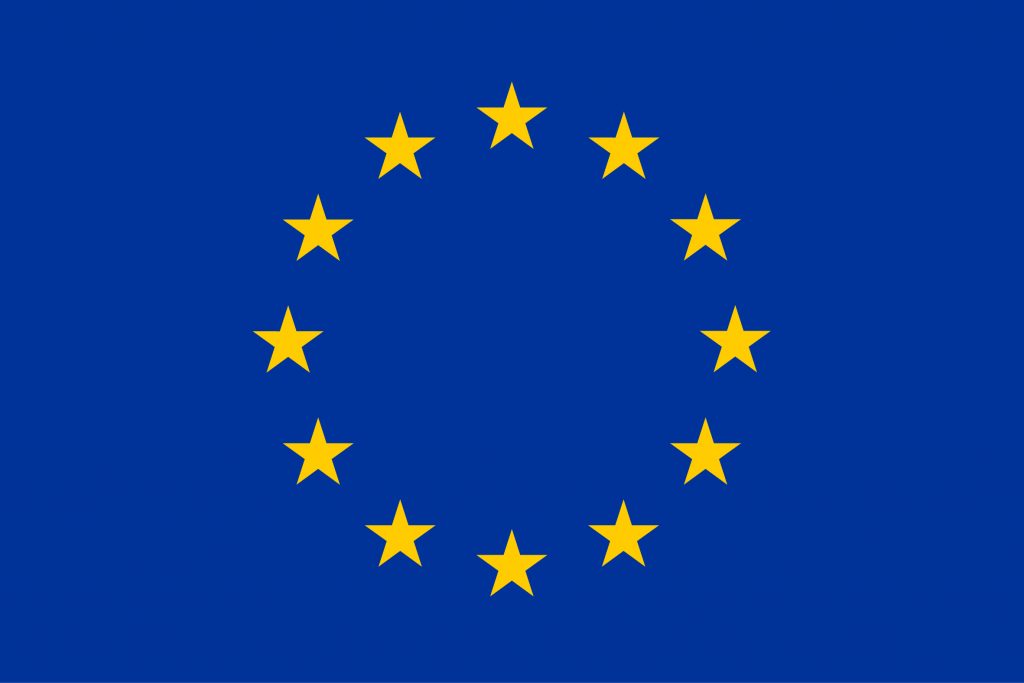NEWS FROM THE PILOT
Strengthening Cultural Heritage Collaboration
Matej Bel University in Banská Bystrica marked a significant moment on Thursday, September 7th, 2023, as a Memorandum of Cooperation was signed for the implementation of the Barborská Cesta project. This crucial partnership was established between Matej Bel University and the Terra Montanae civic association. The signing ceremony was a testament to the commitment of both parties to preserve and promote cultural and historical heritage, with a special focus on mining, a crucial facet of Central Slovakia’s history and identity.
The Information sheet is available here for download.
Location
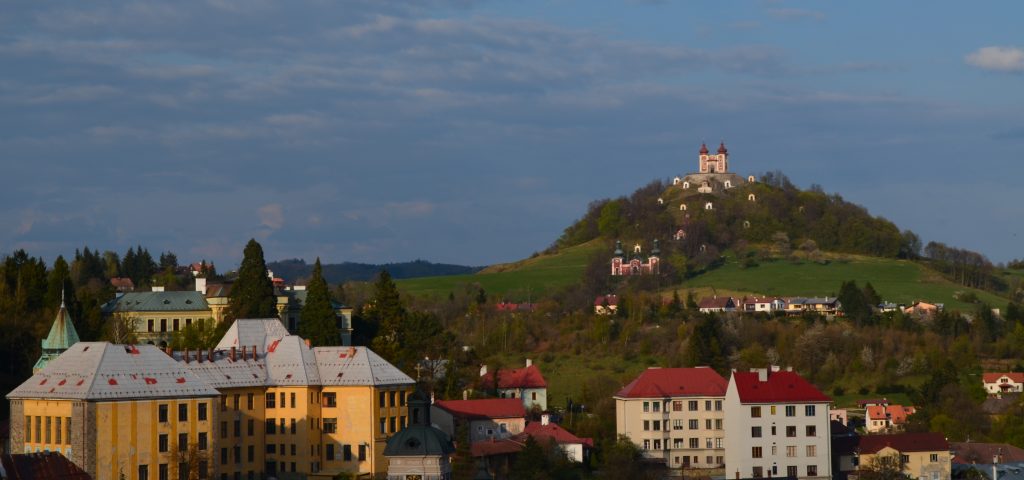
Interactive digital map on mining treasures in mining cities in Central Slovakia, crosscutting two tourism routes set in the northern part of the Banska Bystrica self-governing region located in central Slovakia, including mining cities of Banská Bystrica and Banská Štiavnica (UNESCO World Heritage Site).
Responsible partner: Matej Bel University
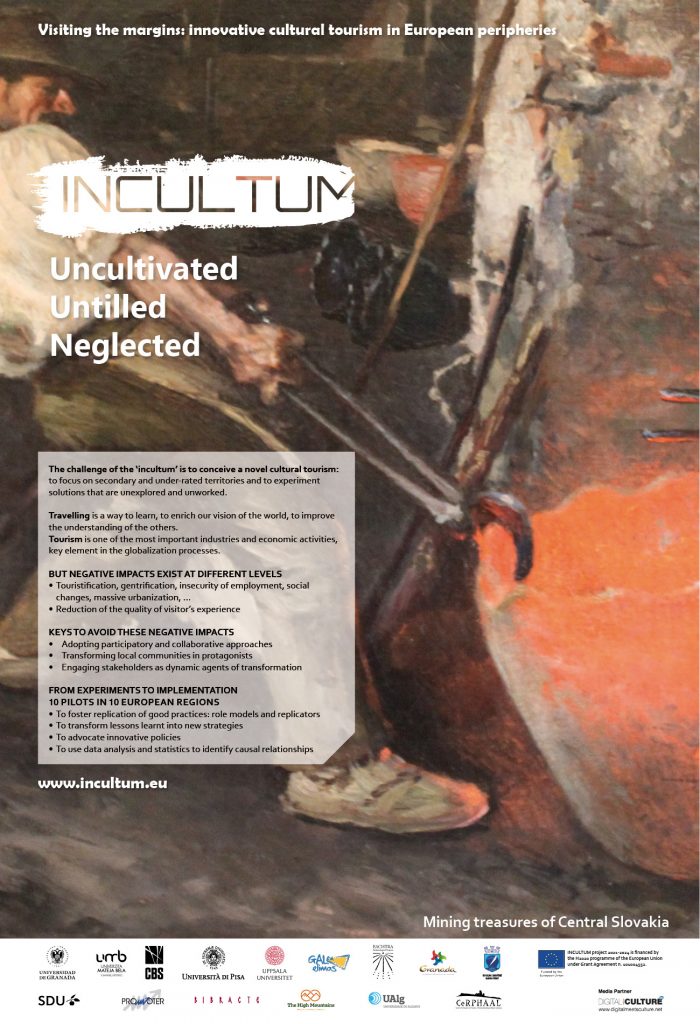


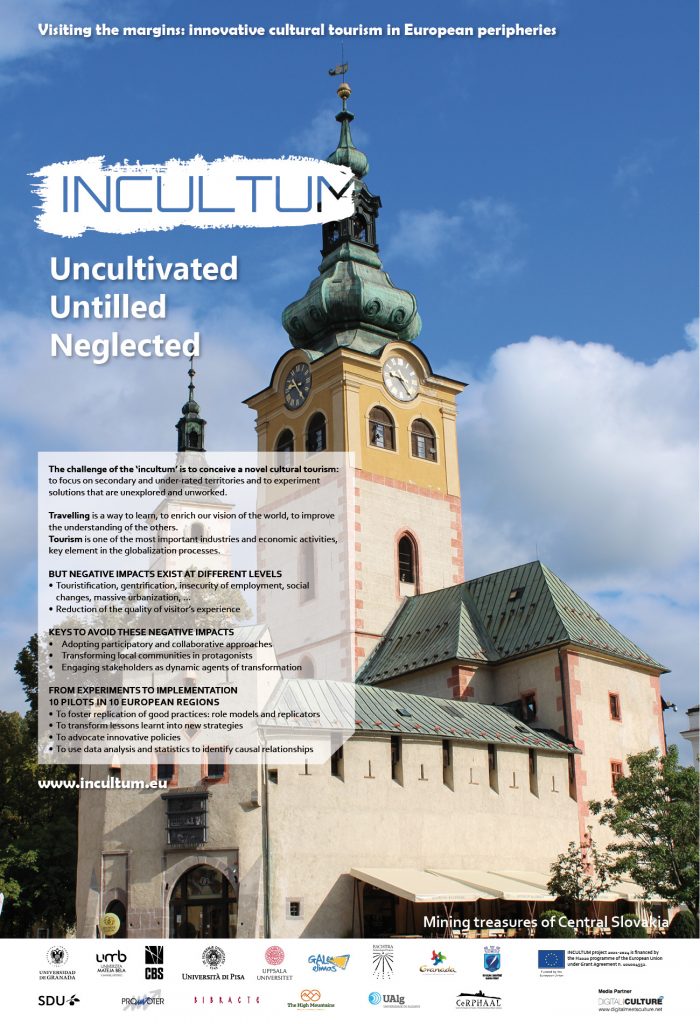
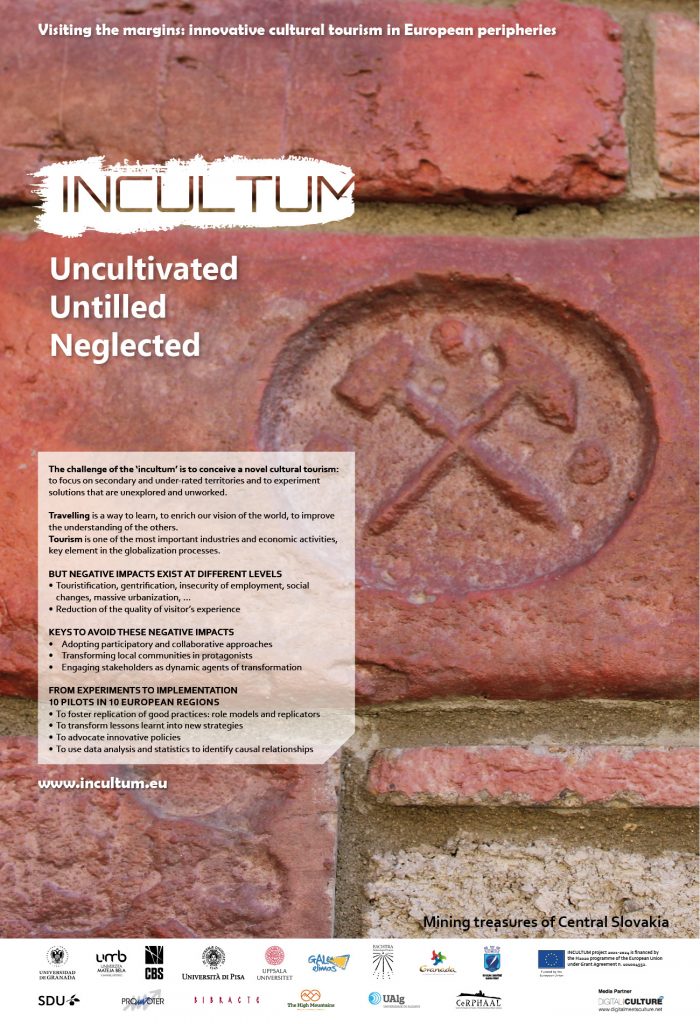

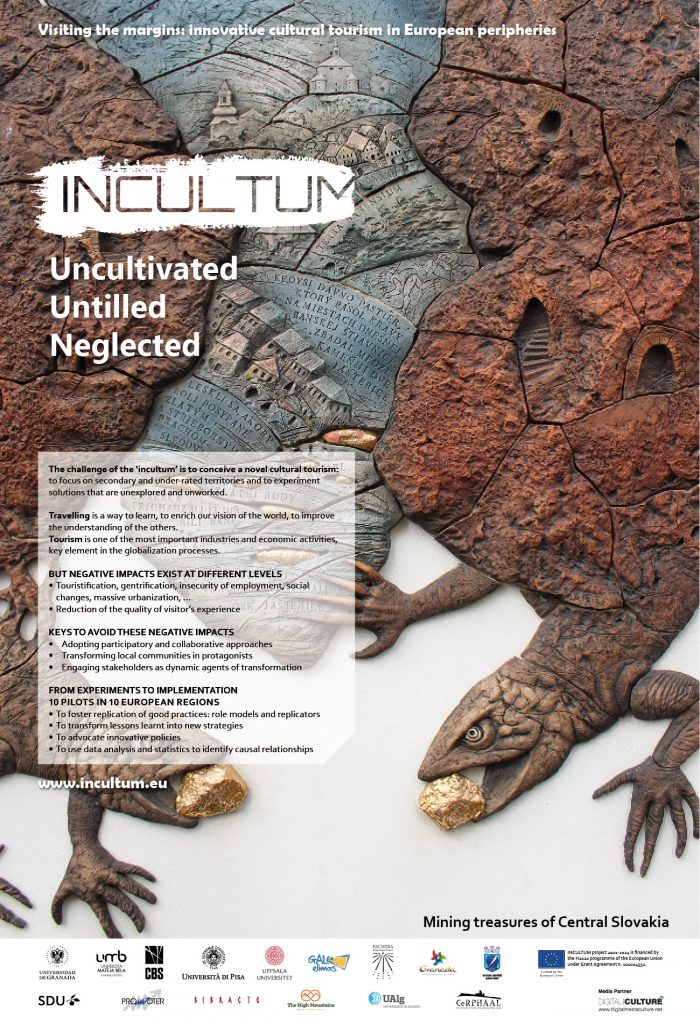
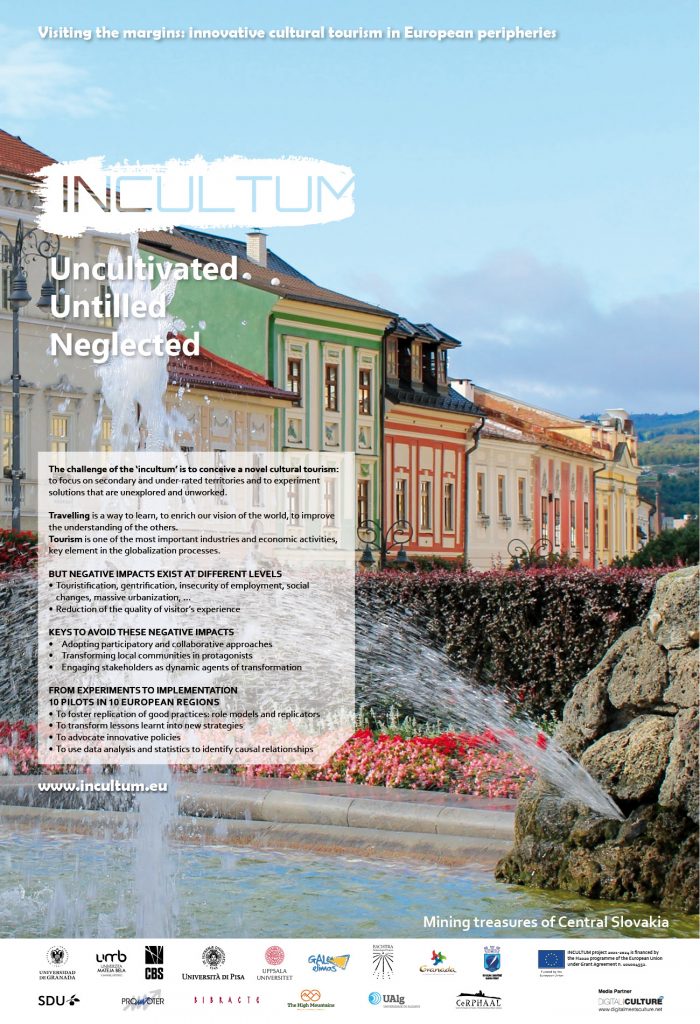
Context
Banska Bystrica self-governing region is the largest of eight regional municipalities in Slovakia covering an area of 9,455 km2. It has a population of approximately 660 thousand people with a population density less than 70 inhabitants per 1 km. It is a very heterogeneous region in terms of economic and social structure, but generally it consists of the mountainous and better-developed north, and the flat and agrarian south, bordering with Hungary. The unemployment rate in the region is higher than the country average (4.92%), at 6.69% in 2019, while unemployment rate in several southern districts is close to 20% (the main reason is higher population of the Roma minority in southern parts of the region). The region has significant cultural and technical heritage related to its mining history. The Historic Town of Banská Štiavnica, and the Technical Monuments in its Vicinity (from 1993 enlisted at the UNESCO World Heritage List), are outstanding examples of an important mining settlement that has developed since the Middle Ages. The city of Banská Bystrica is the cultural and economic centre of Central Slovakia. The copper mining city acquired its present picturesque look in the Late Middle Ages when the affluent Fugger and Thurzo families founded the prosperous, largest and most modern early-capitalist company of that time. Depending mainly on the mines around Banská Bystrica, the company became the leading world producer of copper by the 16th century. Several other localities in the region were part of this important mining history while preserving cultural and technical heritage of international relevance. Despite the great potential of this heritage for tourism, its development is vastly underrated in the region.
Pilot’s Presentation
INCULTUM general Assembly 28-10-2021

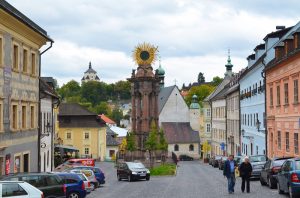
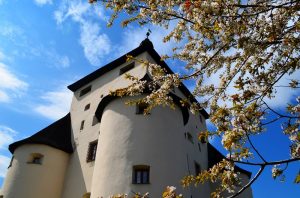

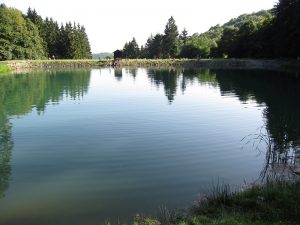
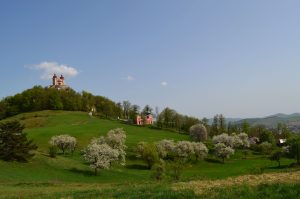
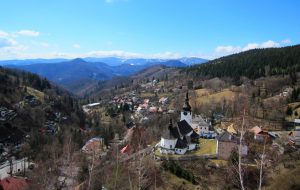
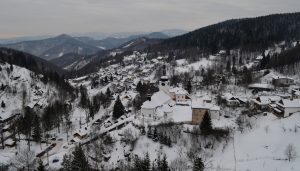
Actions
The proposed pilot is a cross-cutting action within two tourism routes – the Barbora Route and the European Fugger Route. The Barbora Route passes through the most significant mining sites and monuments associated with the mining tradition throughout the region of the former Central Slovak mining towns. The European Fugger Route (Fuggerstrasse) takes visitors to silver and copper mines in Austria, Germany, Italy and Slovakia, where the Fugger family made their fortune. Although the Banská Bystrica region plays an important role in both routes, the city significantly lacks marketing and digital tools promoting this unique part of its history. The pilot is oriented towards the creation of an interactive digital map on mining treasures in Central Slovakia. The most important mining sites will be presented into one interactive platform and a digital map available as a software application. In the phase of its design, university students will act as mystery shoppers to test the digital map and its applications.
Communities involved
Local, regional and international tourists, regional stakeholders in tourism, local communities, students and pupils.
Expected results
The final product will be available for tourists and agencies for the purpose of organizing individual or group trips in this touristic underdeveloped region, allowing the creation of custom journeys connecting chosen and suggested destinations. The digital map will also contain information on the history and culture of the region. Therefore, the freely available digital map will serve for educational purposes as well.
Associated partners
Destination Management Organisation Central Slovakia (Slovakia), mining cities and municipalities of Central Slovakia represented by Banská Bystrica.
Cross border and international nature of the pilot case
The pilot case is directly linked to the European Fugger route (incl. Austria, Germany, Italy and Slovakia) and acts as a cross border action.
Innovations
Digital map in the form of software as a service (SAAS)
GPS and GIS data involved in the digital map reusable for tourism and/or policy purposes
Participatory mystery shopping model.




